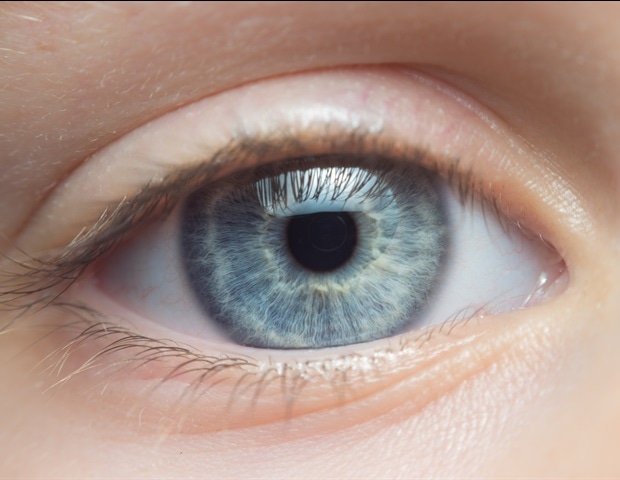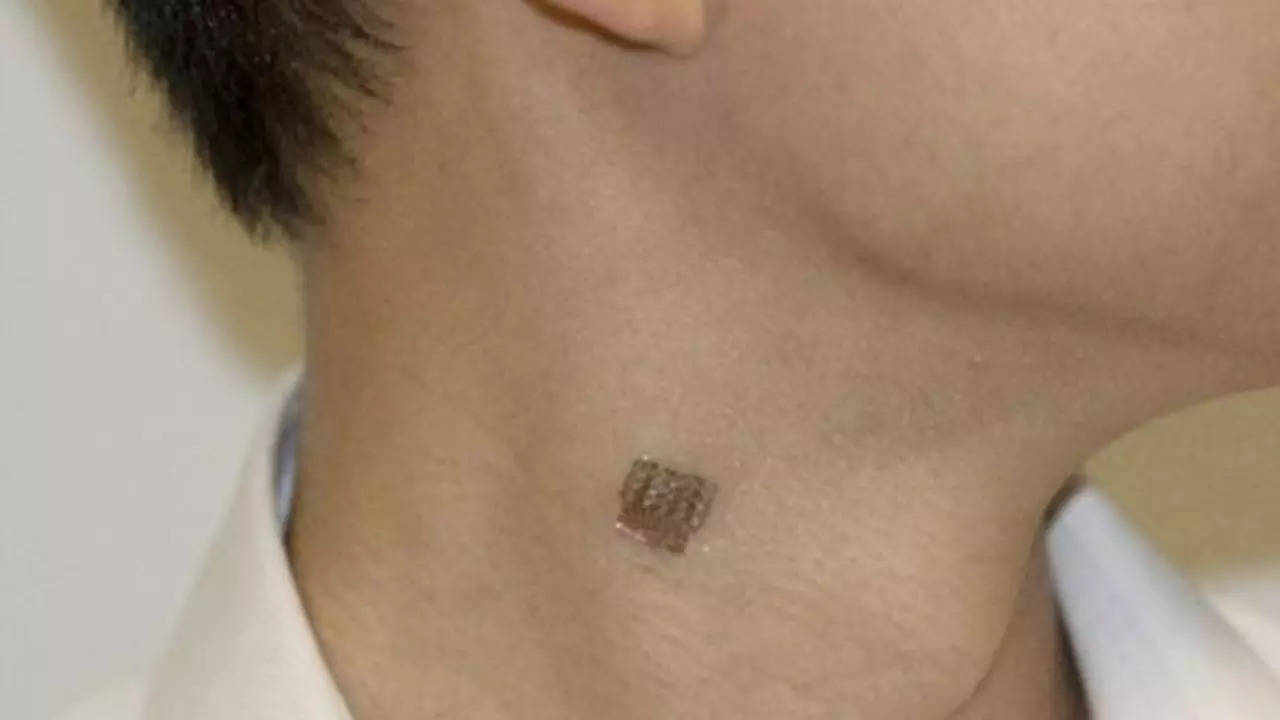William Lopez remembers clearly the day in June 2017 when he says he was asked to call the spouse of a college friend who had just died and ask for her eyes. The spouse hadn't responded to calls from other employees at the Rocky Mountain Lions Eye Bank, he said. As Lopez recalled, his supervisor thought a friend's personal number would have more success.
Lopez refused. "I went for a walk," he said. Even without Lopez's help, the eye bank that procures corneas from deceased donors in Wyoming and Colorado eventually collected his friend's corneas, Lopez said.
Lopez, who had entered the field to help people, became increasingly disillusioned during his three years working with the eye bank, despite rising from a technician to the distribution manager, and ultimately quit. Checking the "donor" box on a driver's license application, people may picture their heart, kidneys, or other organs saving another person's life should the worst happen. They are less likely to consider that tissues — corneas, tendons, bone marrow, skin, bone — are also covered by that checked box.
In fact, donated tissues are collected much more frequently than organs, and corneas are the most commonly transplanted body part in the U.S., with nearly 51,000 transplants last year, according to the Eye Bank Association of America.
Organ and tissue donations are guided by different rules, with less transparency and what critics identify as more self-policing in the tissue donation industry. In Wyoming and Col.


















